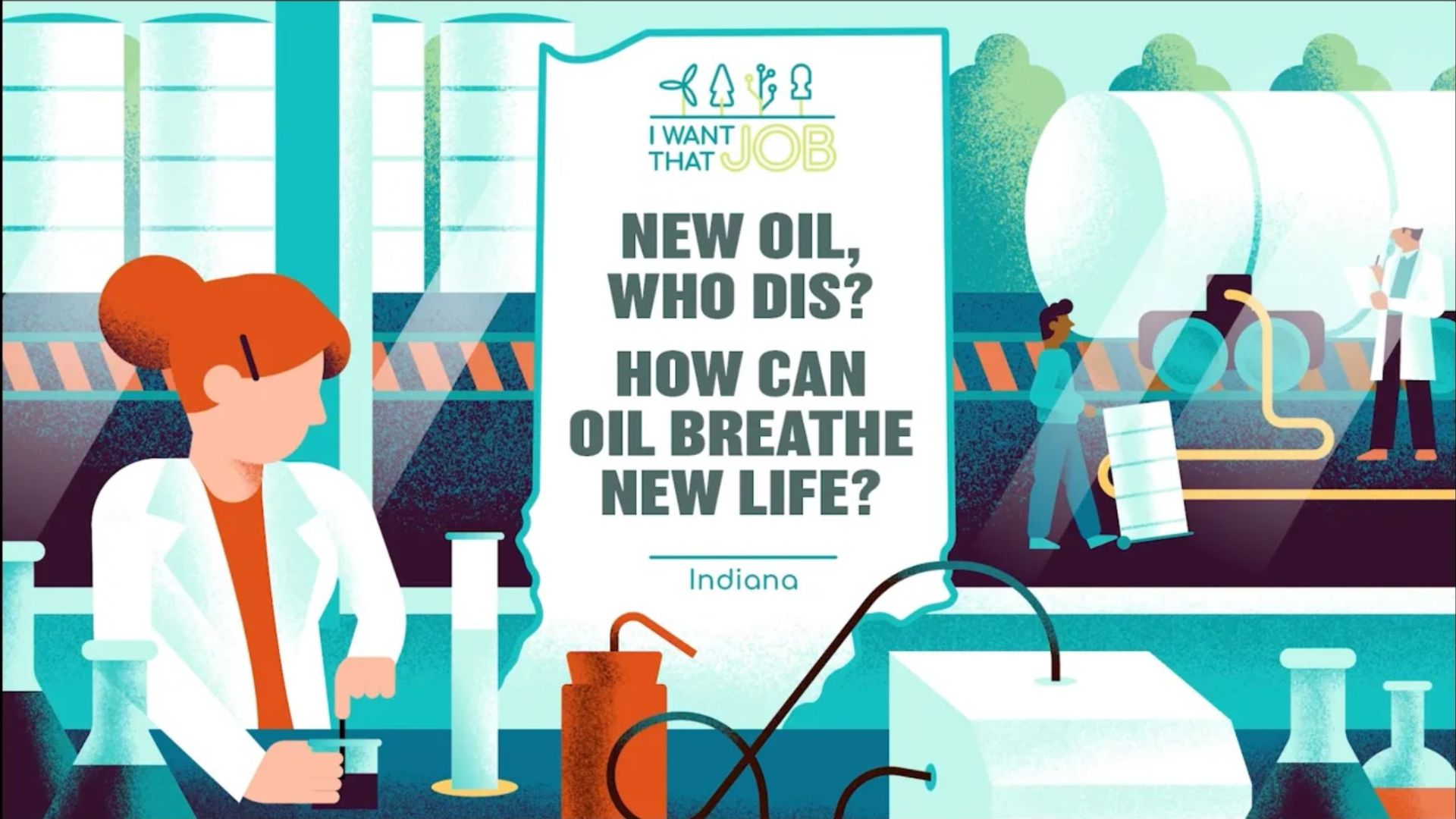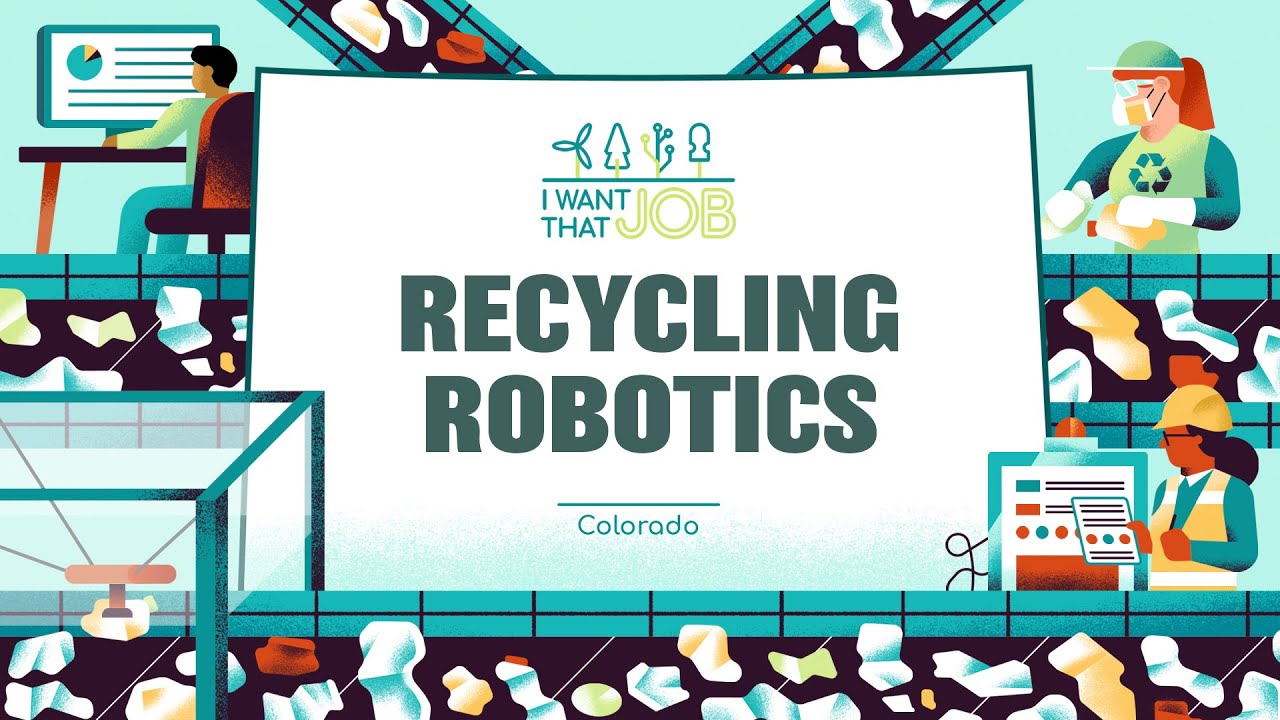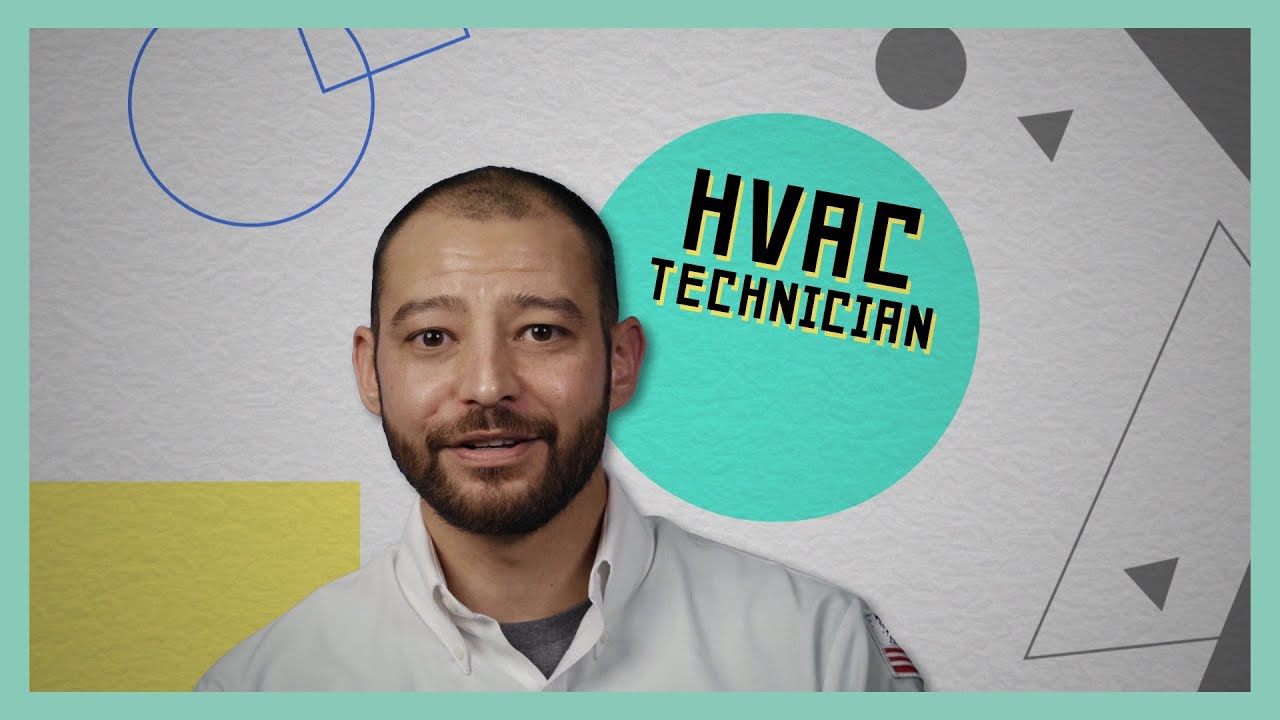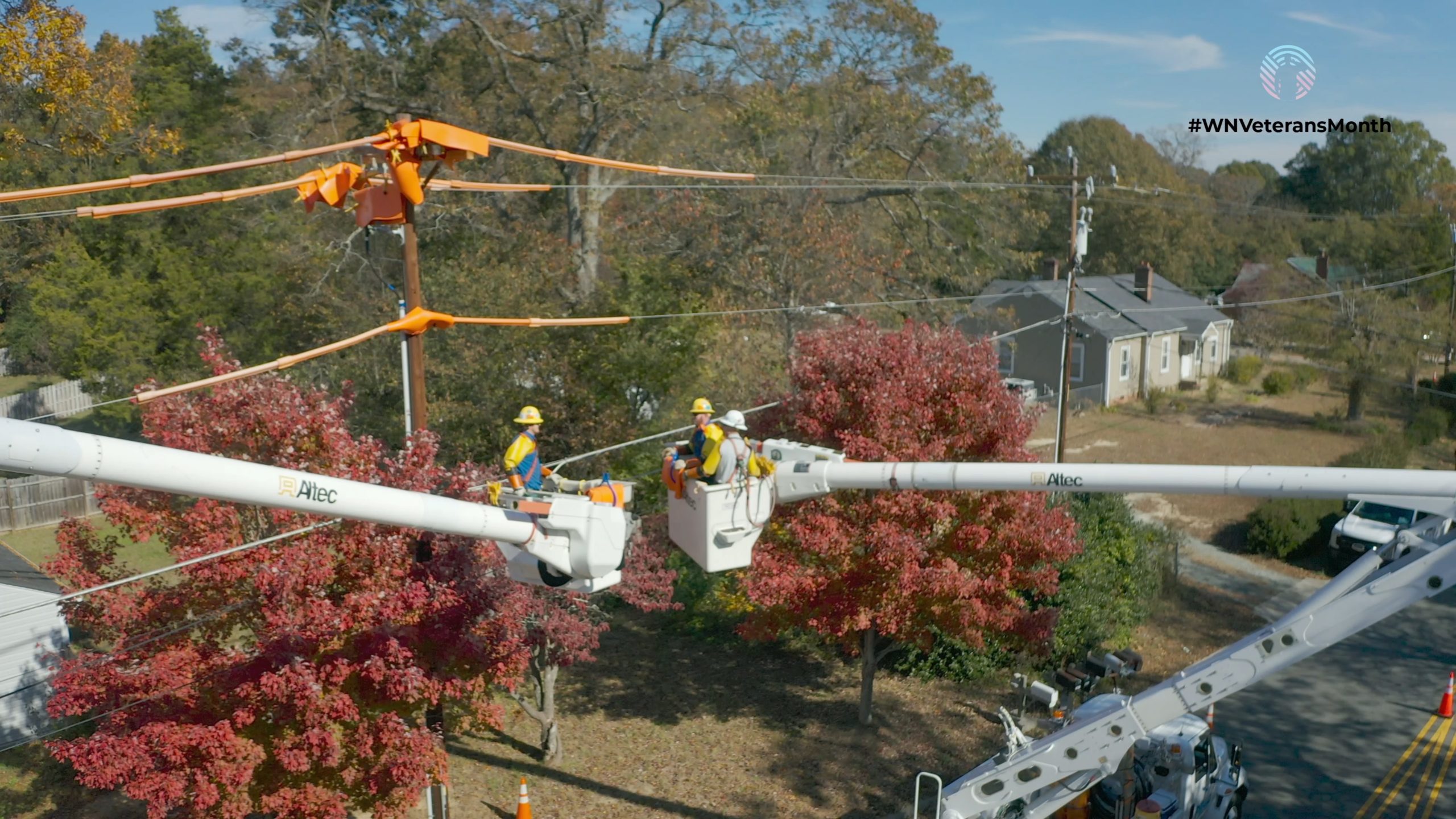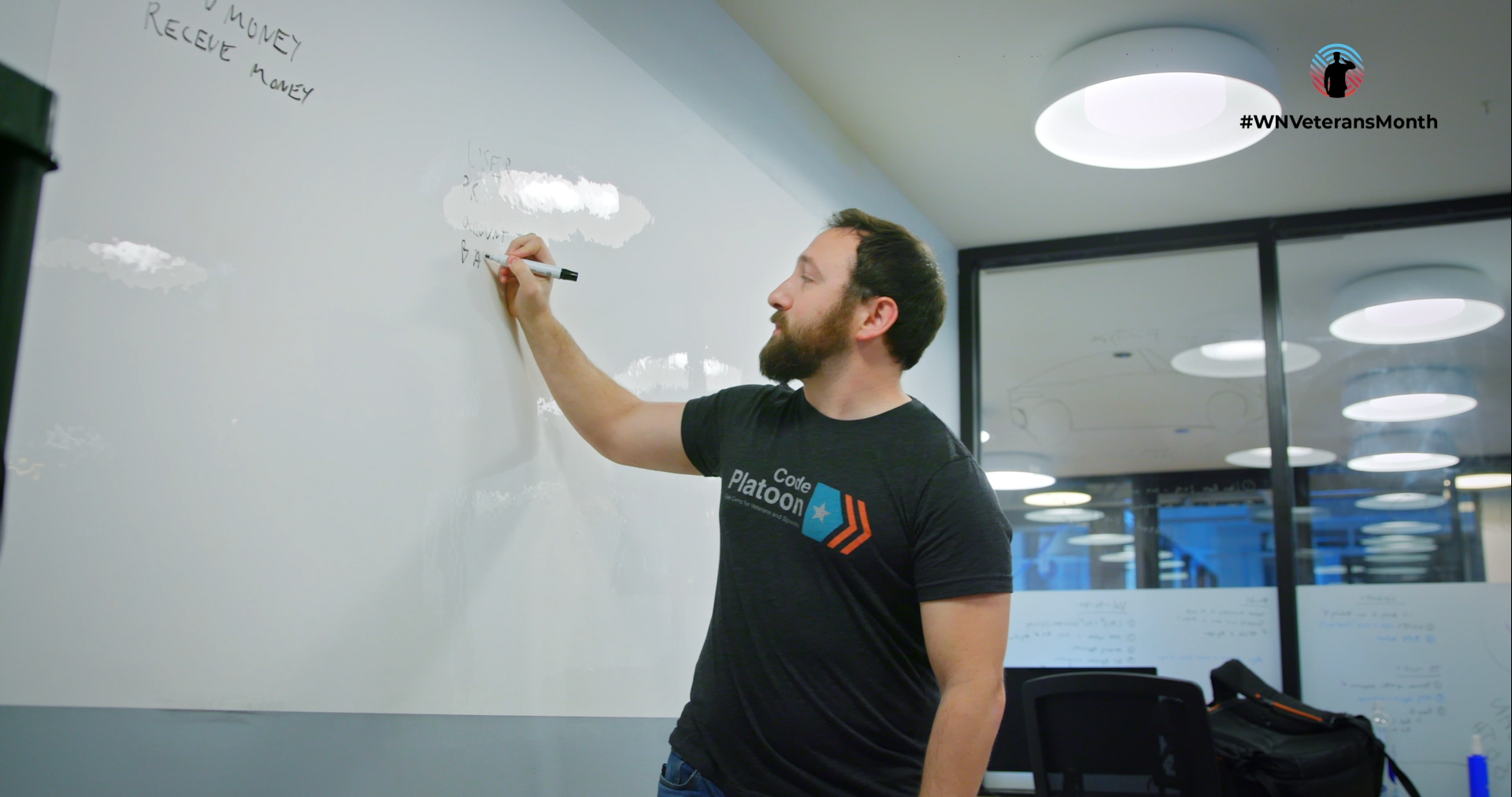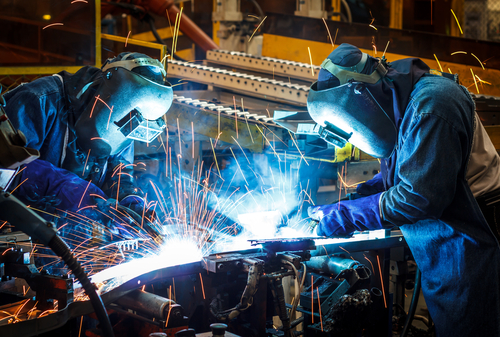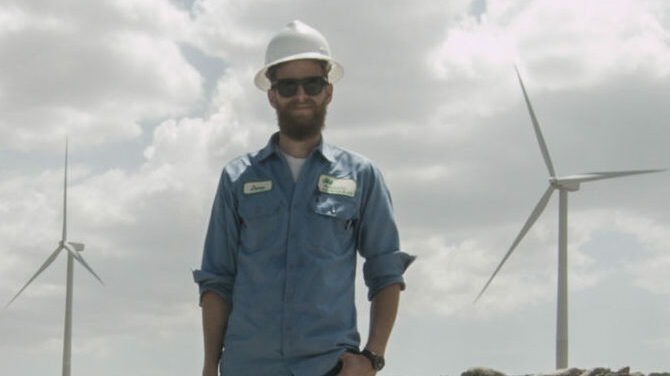Software developers design computer applications or programs. Many software developers work in computer systems design and related services, in manufacturing, or for software publishers. They often work in offices and on teams with other software developers or quality assurance analysts and testers.
Software developers typically need a bachelor’s degree in computer and information technology or a related field. Some employers prefer to hire developers who have a Master’s degree.
Carter Schultz works as a software manager for AMP Robotics. AMP Robotics creates a scalable robotic system that reduces the cost of recycling and enables smart recycling facilities. “Robotics provides a really visceral way to interact with software,” says Schultz. “I’m extremely proud that we found a way to apply a cutting edge technology like neural networks to a problem like sorting recycling and make real-world positive impact.” Software managers like Schultz lead software design teams from translating an idea to plans to execution.
The median annual wage for software developers was $110,140 in 2020, according to the Bureau of Labor Statistics (BLS). Employment of software developers is projected to grow 22 percent from 2020 to 2030, much faster than the average for all occupations. About 189,200 openings for software developers, quality assurance analysts, and testers are projected each year, on average, over the decade. Many of those openings are expected to result from the need to replace workers who transfer to different occupations or exit the labor force, for instance, due to retirement.
Maria Van Dyke is the production team lead at AMP Robotics. “My job is to make sure that the team has what they need, making sure that the assemblies are running smoothly, that we aren’t out of product, and that the team is building the assembly safely and to the drawing specs,” says Van Dyke. “You do not need a college degree in order to have the position that I have; a lot of it is hands-on learning.” Production team leads like Van Dyke play a critical role in terms of maintaining the pace needed to fulfill demand of a manufactured product.
Production managers like Van Dyke oversee the daily operations of manufacturing and related plants. Most industrial production managers work full time and some work more than 40 hours per week, and they typically need a bachelor’s degree and several years of related work experience.
In 2020, the median annual wage for production managers was $108,790. Employment of industrial production managers is projected to grow 5 percent from 2020 to 2030, according to the BLS. Despite limited employment growth, about 13,900 openings for industrial production managers are projected each year, on average, over the decade. Most of those openings are expected to result from the need to replace workers who transfer to different occupations or exit the labor force, such as to retire.

